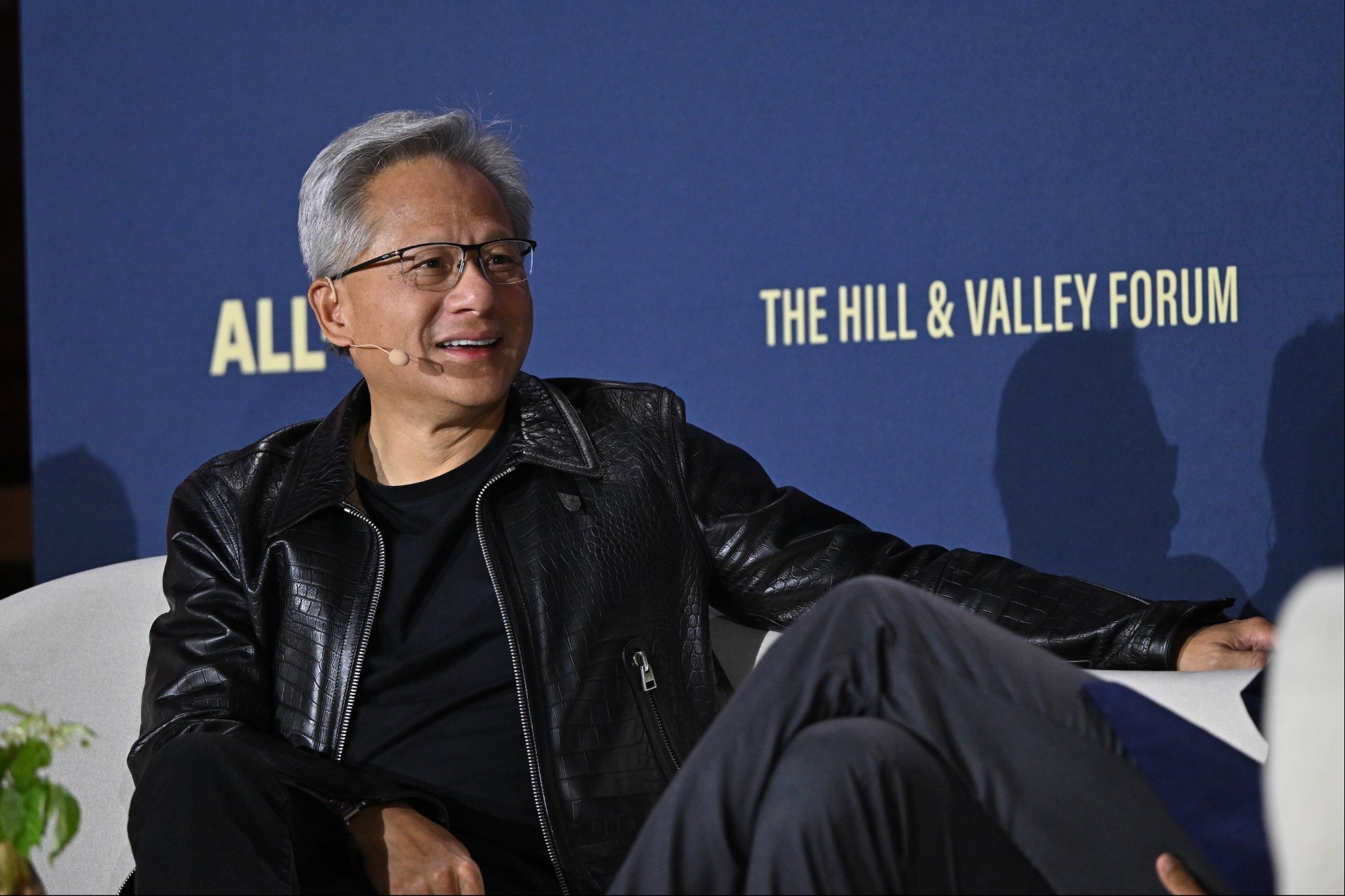Stanford Professors On the Counterintuitive Strategy That Helps Google Hire Top Talent We assume that the best processes are seamless, but a little friction can go a long way.
This story appears in the March 2024 issue of BIZ Experiences. Subscribe »

Everyone knows the exasperation of unnecessary friction.
We've all navigated systems that create maddening ordeals rather than give us simple answers, services, or refunds. We've sat through endless meetings with blabbermouths and ill-defined agendas. We've pulled our hair out over rules, procedures, traditions, and technologies that once made sense, but are now antiquated, pointless, and inefficient. These are all soul-crushing forms of organizational friction that make it difficult to do simple things. And as professors at Stanford's School of Engineering and Graduate School of Business, we spent the last seven years researching the causes and cures for these problems.
But one of our biggest discoveries surprised us. It turns out that friction isn't always a problem. In fact, sometimes it can be a solution.
For example: We may love how simple it is to order a ride on Lyft or Uber, or rent a place on Airbnb — but when a six-year-old asks Alexa to get her a dollhouse, and a $162 KidKraft Sparkle Mansion arrives the next day, her parents aren't so enthused. That process could have used some friction.
Related: Creativity Is Your Best Problem-Solving Tool -- Here's How to Harness It
Here's another example: Unfettered, overconfident leaders can rush their half-baked creations to market, burning a lot of cash along the way. That process, also, needs friction. Piles of studies show that to do creative work right, teams need to slow down, struggle, and develop a lot of bad ideas in order to find a rare good one.
The value of friction is all around us — as are the downsides of removing it. Technologies like Slack and Zoom can make communication frictionless, but they can also make it easy for clueless leaders to inflict long and convoluted communications on colleagues and customers. Product innovation can make delivery and setup nearly frictionless — but studies on everything from military boot camps to assembling Ikea products show that "labor leads to love." The harder we work at something, and the more we suffer, the more we come to value it.
Ultimately, our research showed that friction must be taken seriously — and nobody should make snap judgments about what ought to be easier. Instead, leaders should hit pause and question their assumptions to figure out what to make easy, hard, or impossible. When and where you want friction requires weighing an organization's goals, values, talents, and constraints — including money, traditions, rules, laws, and power dynamics.
We call this the art and science of "friction forensics," and we've developed eight diagnostic questions to help guide you through such decisions. If you're figuring out whether to make a process easier or harder, here's what to ask:
1. Is adding (or removing) friction the right — or wrong — thing for you to do?
2. Do you have enough skill and will to do it well? Or do you need to learn how to do it? Or crank up your motivation?
3. Is failure cheap, safe, reversible, and instructive?
4. Is delay wasteful, cruel, or downright dangerous?
5. Are people already overloaded, exhausted, and burned out? Or do they have the bandwidth to add more to their plates?
6. Does it require people to work alone or with one another? To do it well, how much do different people, teams, and organizations need to coordinate (work together) and cooperate (be willing to work together)?
7. Will reducing or eliminating friction for some people result in it being heaped on others? Are you making things easier and harder in the right places? Is the redistribution of friction ethical and fair? Or is it heartless, destructive, exploitative, and cruel?
8. Are the commitment, learning, and social bonds that can result from hard work, frustration, suffering, and struggle worthwhile given the human and financial toll?
Related: A Step-By-Step Approach to Get Your Staff to Bring You Solutions, Not Problems
After figuring out your answers to the first two questions — what the right (or wrong) thing is to do, and if people have enough will and skill to do it well — then you can debate the six additional questions to decide whether to make something easy, hard, or impossible.
As an example, consider a simple obstacle that Laszlo Bock imposed when he headed People Operations at Google.
Google cofounder Larry Page believed that hiring people who fit Google's quirky culture and had strong leadership potential was essential for scaling the company, so he imposed a tradition of seemingly endless rounds of interviews with job candidates. Page knew he was making enemies among candidates because Google interviewed them 10 times or more and still rejected most — but he believed it was worth it.
As Google grew, however, this practice devolved into a sacred cow that was unnecessary for most job searches. It drove away top talent, and burdened the six, eight, 10, 12, or 15 Googlers who interviewed, evaluated, and discussed each candidate. Sometimes it was even worse. Bock told us, "People had up to 25[!] interviews before being rejected." So he made a simple rule: If more than four interviews were to be conducted with a candidate, Bock needed to personally approve an exception. This didn't forbid more interviews, but it added friction to the process. Most Googlers were hesitant to ask an executive vice president like Bock for an exception, so the ordeal disappeared for most job candidates. "It was one of my first lessons in the power of hierarchy to actually do some good," Bock told us.
Related: How the Best BIZ Experiencess Find Simple Solutions to Complex Problems
Let's assess Bock's simple hiring rule by returning to our eight questions:
1. Bock had good reason to believe that endless interviews were a big problem, and this obstacle would be effective — or at least worth a try.
2. The rule was so simple that his HR team had no trouble implementing it, and Google interviewers had no trouble learning it.
3. The rule was cheap to implement, and easy to modify or reverse.
4. The rule reduced frustration and delay for eager candidates and for Google teams that wanted to hire them.
5. Most Google interviewers were already busy; burnout and exhaustion were problems in many corners of the company. This change reduced rather than increased the burden on these beleaguered people.
6. Implementing the change required little coordination or collaboration; it was simply announced, and (for the most part) Googlers gently pressed one another to follow the new rule. Coordination and collaboration were still essential for writing job descriptions, selecting and interviewing promising candidates, and deciding whom to hire. But involving fewer people reduced such burdens.
7. The obstacle created by this rule wasn't exploitative or cruel, as it added friction in the right places and reduced it in the wrong places.
8. The old practice of endless interviews did have "labor leads to love" effects, increasing commitment and social bonds among the interviewers and candidates who survived the gauntlet. This is a potential negative effect of the rule.
Bock's rule is elegant and instructive, and — except for the possible dimming of the "labor leads to love" effect — appeared to help everyone affected. This is a good example of why policies that make use of friction should be evaluated over time. Page may have originally viewed the strikingly high number of interviews as some necessary friction in the hiring process, to ensure the most ideal candidates make it to the end. But as the company grew, that particular bit of friction became obstructive, and a new type of friction was needed to clear the path forward.
Ultimately, the wrong kinds of friction can squander the zeal, damage the health, and throttle the creativity and productivity of good people — while burning through company cash and other precious resources. All organizations, even the most successful, can make the right things too hard and the wrong things too easy. If a process at your company is gobbling up time and resources, maybe it's time to ask: Could I make this easier by making something about it harder?
Related: One of the Biggest Mistakes Aspiring BIZ Experiencess — and Almost Everybody — Make
This essay was adapted from The Friction Project: How Smart Leaders Make the Right Things Easier and the Wrong Things Harder by Robert I. Sutton and Huggy Rao. Copyright © 2024 by the authors and reprinted by permission of St. Martin's Publishing Group.









